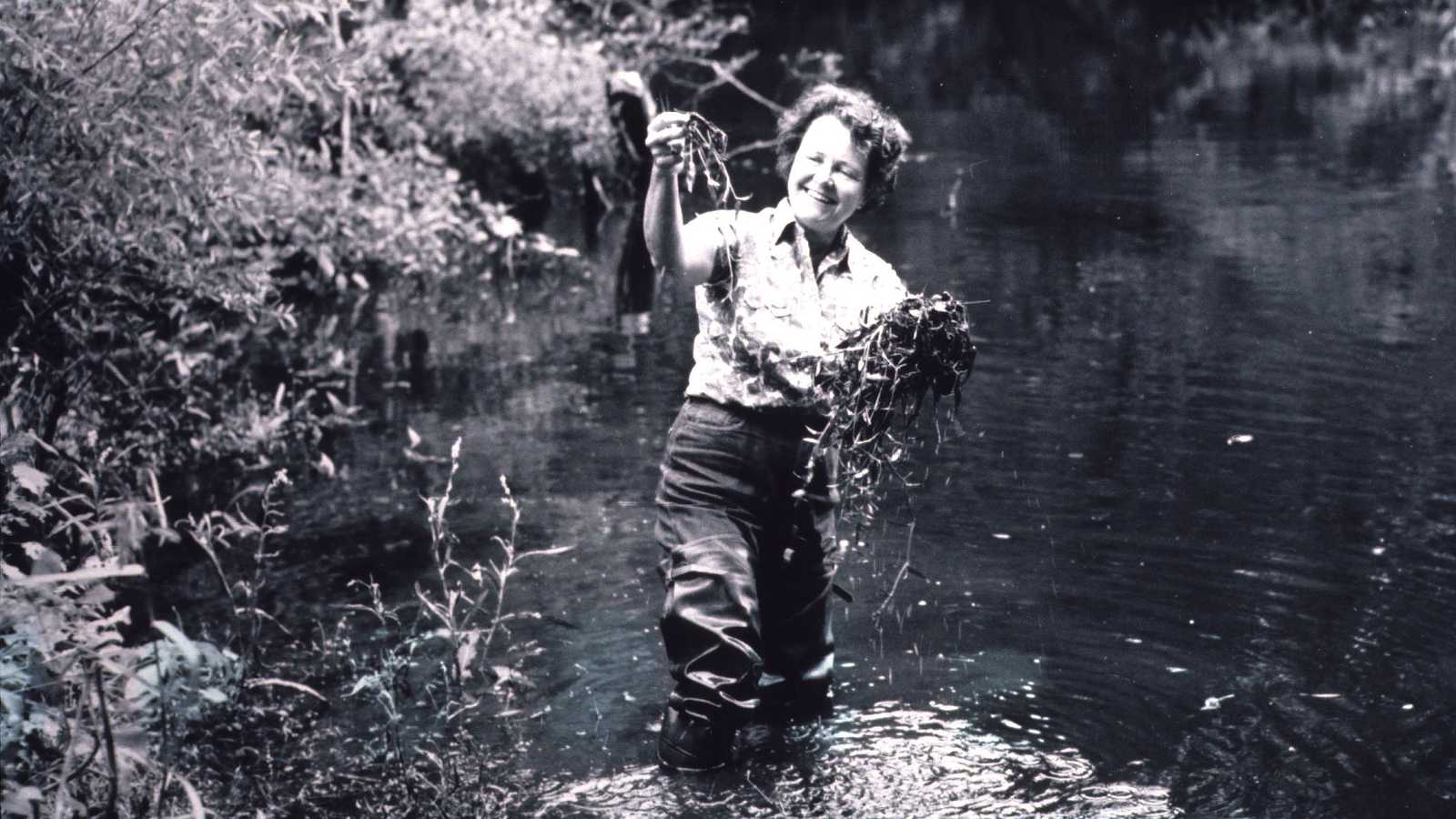An Earth Day Message on the Successes of the Clean Water Act
Sometimes it can feel like disagreement is the only thing that is pervasive in today’s world. That’s simply not true. Not when it comes to water.
A bipartisan poll of U.S. voters found that 96% believe water and wastewater infrastructure investments are critical for good public health, 95% believe they’re critical for the overall well-being of their communities, and 85% believe they’re critical for a strong economy.
This Earth Day is a perfect time to celebrate the Clean Water Act (CWA). Enacted in 1972, the CWA has been a cornerstone in efforts to restore and maintain the integrity of our nation’s waters. Ruth Patrick, Ph.D., our founding scientist, helped draft the CWA, which has led to significant improvements in two large watersheds where we work: The Delaware River and Chesapeake Bay watersheds.

The Delaware River Watershed
When the Delaware River Basin Commission was created in 1961, little or no dissolved oxygen was present in parts of the Delaware River for up to six months each year. The CWA provided funding and a framework that enabled the DRBC, along with federal, state, and local stakeholders, to clean up the watershed.
Today, fish in the Delaware River Estuary are not just surviving but also reproducing. This is a remarkable success in environmental restoration! It isn’t a small-scale, limited improvement. Numerous species are thriving across a truly grand spatial scale covering dozens of river miles.

Citing the DRBC’s scientific work as support, the Environmental Protection Agency announced in December 2022 that it planned to revise the designated uses and water quality criteria needed to protect the recovery of aquatic life in the estuary. In April 2025, the EPA reaffirmed its plans. This ongoing commitment to water quality standards is a direct result of the CWA’s goal to protect the waters of the United States.
Farther upstream, in some of the smaller subwatersheds that feed the Delaware River, Stroud Water Research Center scientists have documented improvements too.
In a NASA-funded project, the Stroud Center found that Bucks County, Pennsylvania, streams have improved. Forty years after researchers — including former Stroud Center director Bern Sweeney, Ph.D., then an undergraduate student — established a water quality baseline with data from 1968 to 1971, they reexamined the county’s streams and measured reductions in phosphorus and sulfate. Macroinvertebrate communities were stronger. Less contamination from sewage was present.
These improvements can be attributed to regulatory changes, such as the ban on phosphates in detergents, amendments to the Clean Air Act that addressed acid deposition, and advancements in wastewater treatment.

The Stroud Preserve riparian reforestation project in Chester County, Pennsylvania, is another example. Focusing on three experimental agricultural watersheds, Stroud Center scientists examined the effectiveness of riparian reforestation in reducing water pollution from agricultural sources. Before the project launched in 1992, water quality was compromised by elevated nutrients and suspended sediments. In the 15 years that followed, scientists found that a 35-meter-wide riparian forest buffer and modifications to farm field drainage removed 26% of the subsurface nitrate and 43% of the suspended sediments delivered from upslope.
Monitoring and research have demonstrated improvements in the Delaware River Basin more broadly as well. The U.S. Geological Survey compiled over 260,000 water-quality records from eight different organizations in the Delaware River Basin to generate trends from 1978 to 2018. While salt pollution is increasing, nutrient pollution, a key focus of clean water targets, is decreasing.

The Chesapeake Bay Watershed
The Chesapeake Bay, the country’s largest estuary, has also benefited from efforts to make our nation’s waters fishable, swimmable, and drinkable. Lancaster County, for instance, contributes 21% of Pennsylvania’s nitrogen load to the Chesapeake Bay. Working together, communities, individual farmers, and agencies are improving and protecting water resources. These efforts are crucial in meeting the 2025 cleanup goal under the Chesapeake Bay Agreement.
Looking Ahead
As we celebrate Earth Day and more than 50 years of the Clean Water Act, it’s essential to recognize its successes and the work that lies ahead. The CWA has provided a robust foundation for water quality regulations and funding, but continued investment and collaboration are necessary.
Now is not the time to slow or reverse our progress. Let us recommit to the vision set forth by Dr. Patrick and many others: a future with clean fresh water for all.
Happy Earth Day,
Stroud Water Research Center
Support science today for water tomorrow.



